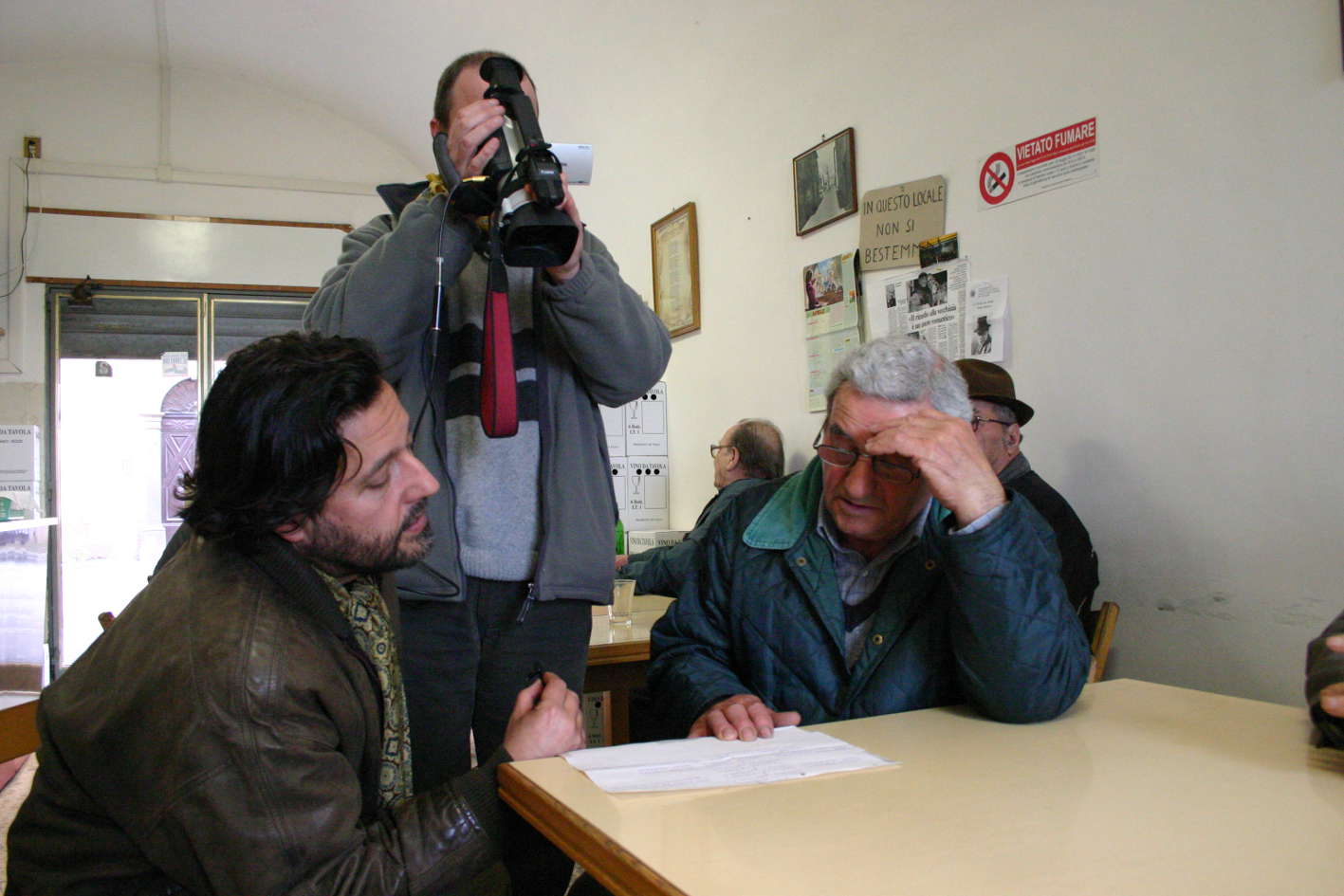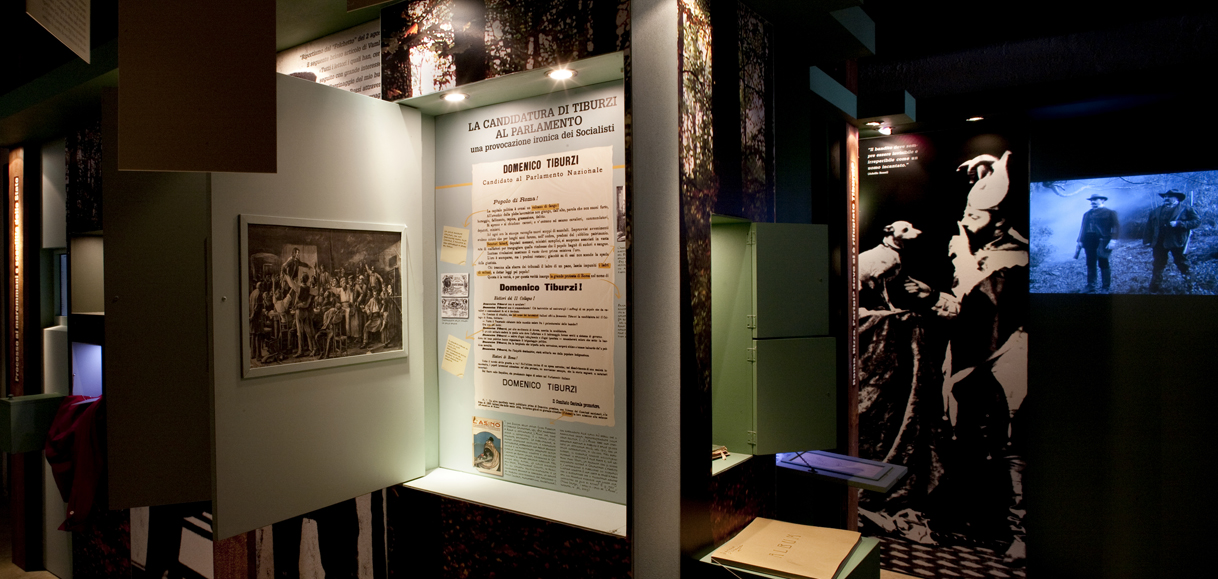Anthropological Perspective
Cellere’s Museo del brigantaggio
aims to offer an original, albeit incomplete, interpretation of the territory, landscape, culture and history of brigandage in the Maremma.
The perspective
adopted is an anthropological one, which constantly redefines the cultural contexts under which brigandage in the Maremma first developed and the one that sees its capitalization today. In addition to this, to give a full account of brigandage, the Museum pays close attention to the tangible culture, to the contemporary oral sources, to handling the stories about brigandage from local historians and writers, to the polyphony of testimonies offered and to the constant deconstruction and redefinition of the different interpretative categories.
Cellere’s Museo del brigantaggio mission
Hasbeen to provide a particular interpretation of the territory, landscape, culture and history from a specific point of view, capable of offering new and original, albeit incomplete, connections. Its very creation is a form of acknowledgment of a territory that has been plagued by illegality and that has for a long time been linked to men that, with the advent of Modernity, were defined brigands.
The anthropological perspective makes an effort to shed light on, and interpret, chronicles and behaviors in view of specific contexts and reasonings expressed by the different individuals involved, it redeems popular culture, keeper of local memories, deeds and characters;


it allows the reconstruction of everyday and cultural scenarios within which we can contextualize and read the events recollected by the police and the State, and the dramatic and daring deeds of the brigands, as they have been told by local reporters and authors. Lastly, it questions the contemporary dynamics through which the brigand has become an identity-making heritage. Dynamics influenced by people in different positions, by local organizations and businesses, among which stand out local scholars: to them we attribute the retrieval of original sources and a sentimental treatment of the stories about brigands.
Cellere’s Museo del brigantaggio
Hasbeen to provide a particular interpretation of the territory, landscape, culture and history from a specific point of view, capable of offering new and original, albeit incomplete, connections. Its very creation is a form of acknowledgment of a territory that has been plagued by illegality and that has for a long time been linked to men that, with the advent of Modernity, were defined brigands.
The anthropological perspective makes an effort to shed light on, and interpret, chronicles and behaviors in view of specific contexts and reasonings expressed by the different individuals involved, it redeems popular culture, keeper of local memories, deeds and characters; it allows the reconstruction of everyday and cultural scenarios within which we can contextualize and read the events recollected by the police and the State, and the dramatic and daring deeds of the brigands, as they have been told by local reporters and authors. Lastly, it questions the contemporary dynamics through which the brigand has become an identity-making heritage. Dynamics influenced by people in different positions, by local organizations and businesses, among which stand out local scholars: to them we attribute the retrieval of original sources and a sentimental treatment of the stories about brigands.









